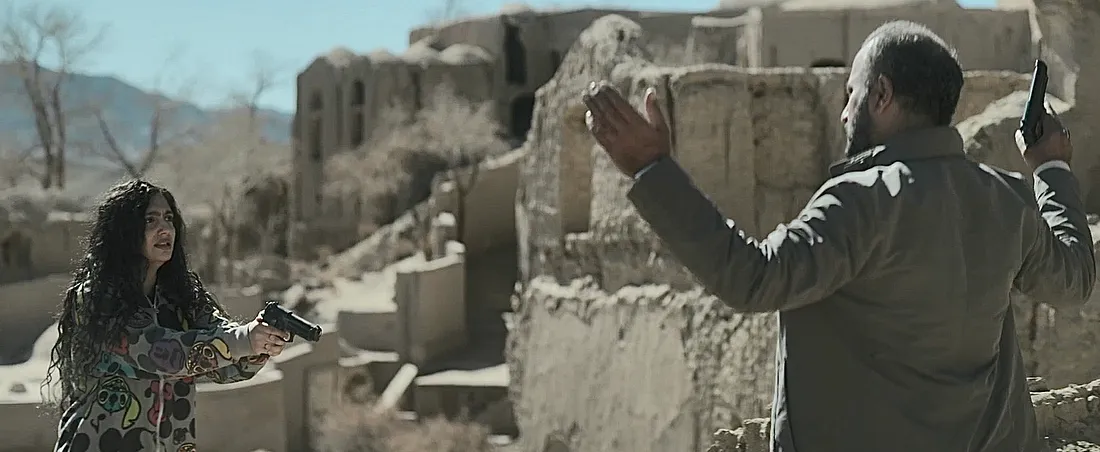This 168-minute film once again projects the social imagery of Iran onto the screens of the 2024 European film scene.
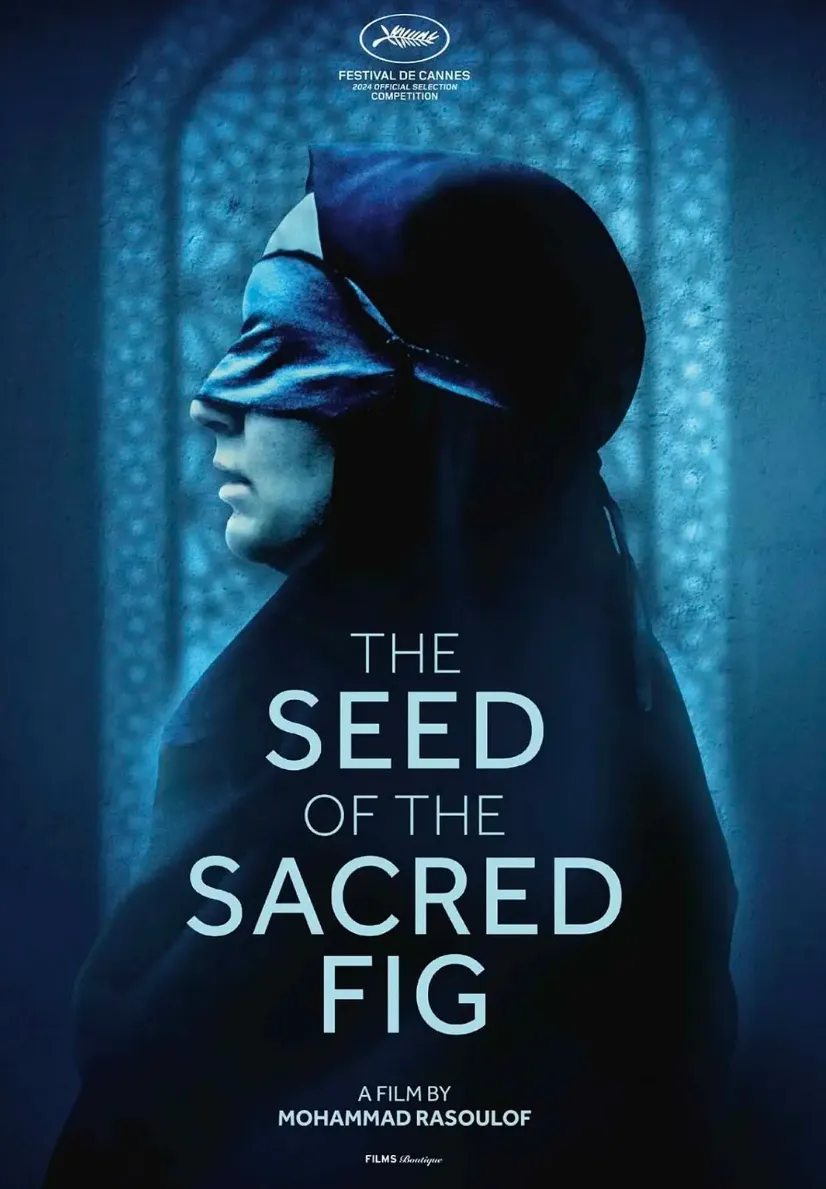
From *Taxi*, which received the Honorary Golden Bear at the Berlin International Film Festival a decade ago, to *Holy Spider*, nominated for the Palme d'Or at Cannes three years ago, Iranian cinema has often dissected societal issues through intimate storytelling — exploring themes such as freedom of speech and the plight of women. In 2024, *The Sacred Fig Seed* once again brings these issues to the forefront, focusing on social unrest and the underlying ideological shifts, women's liberation, family crises, and resistance against authority.
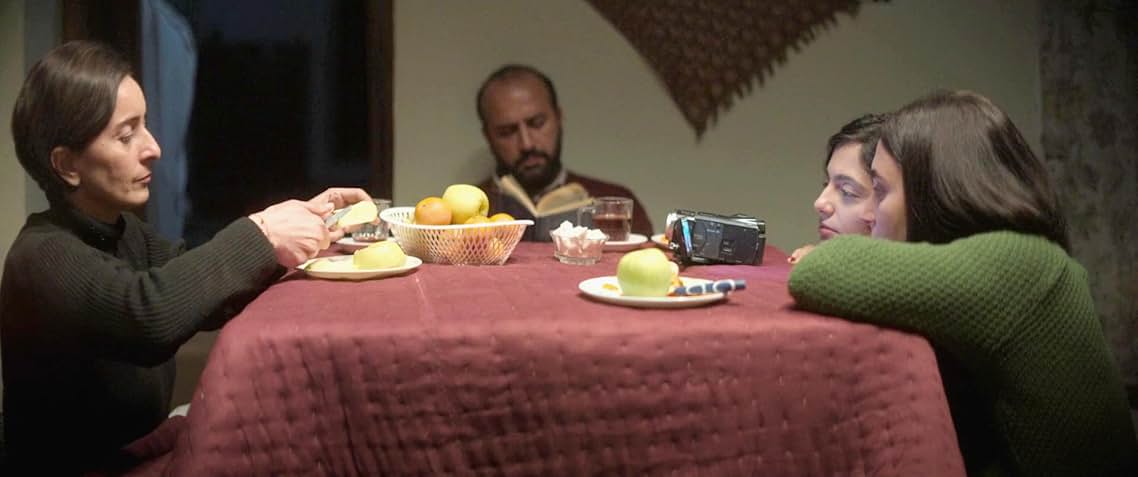
The story follows a clear narrative arc with distinct phases. The first section, occupying more than an hour, establishes the real-world social backdrop, highlighting generational conflict born from overlapping societal roles and institutional positions, while planting the seeds for the looming family crisis. The second section revolves around the father's lost firearm and the search that ensues, deepening the familial rift. Here, the mother’s role becomes increasingly central, shedding light on the infiltration of ideological and structural forces into the domestic sphere. The final section breaks entirely from the previous narrative framework, using a dramatic sequence in which each character is redefined by their place within the social hierarchy. A symbolic chase scene marks the collapse of patriarchy and the fall of the theocratic order.
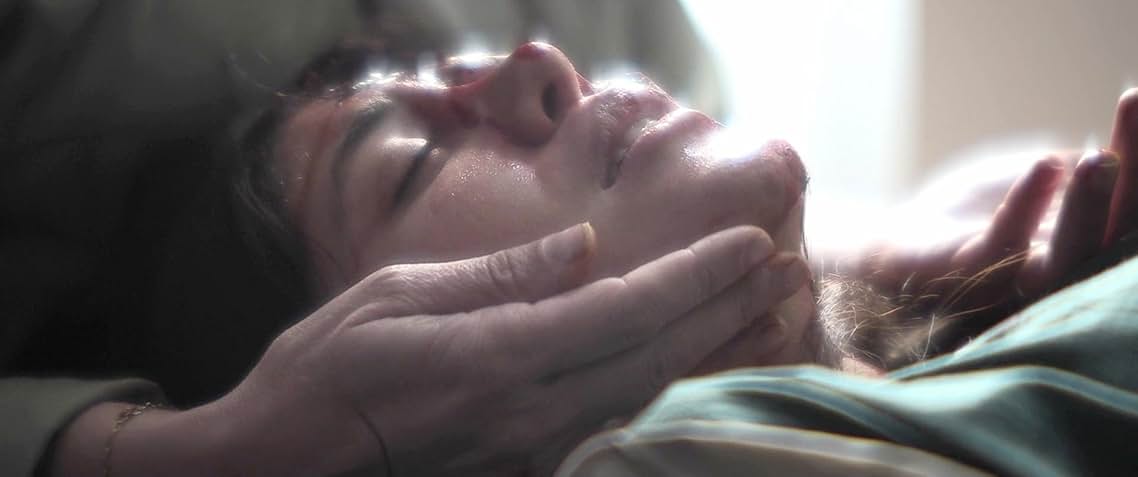
The film opens with a passage describing the growth of a fig seed, establishing its central theme: the fig seed survives by parasitizing its host, extending aerial roots to reach the soil, and ultimately strangling the host to take its place. Ideology is metaphorically likened to this budding fig seed—through spreading and erosion, it reshapes societal consciousness. Group polarization and gender conflict serve as catalysts for unrest and transition, ultimately fulfilling the inevitable mission of social and political transformation.
The story is set against the backdrop of the 2022 “Amini Incident”: a 22-year-old Iranian woman was arrested by the morality police for allegedly "improperly wearing her headscarf" and died in custody. Her death sparked nationwide protests that lasted for months. During the prolonged unrest, the government arrested over 15,000 people. The confrontations led to multiple violent incidents, and some of the detained protesters were even sentenced to death.
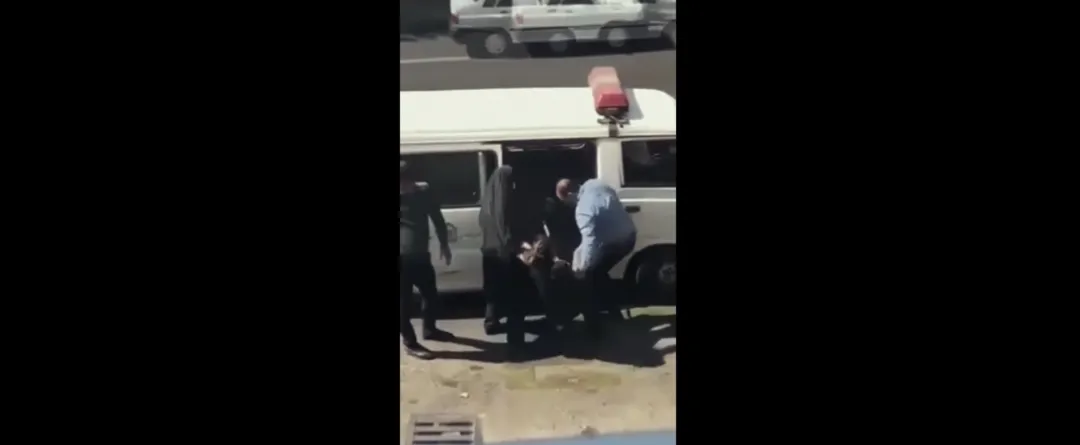
Before the triggering incident occurred, the father was appointed as a court investigator in charge of the case. However, the judge pressured him to sign the verdict without conducting a thorough investigation. Having worked within the government system for over 20 years, the father—eager to secure his new position and improve his family’s living conditions—was forced to go against his conscience. Under immense psychological pressure, he applied for a handgun to carry for personal protection.
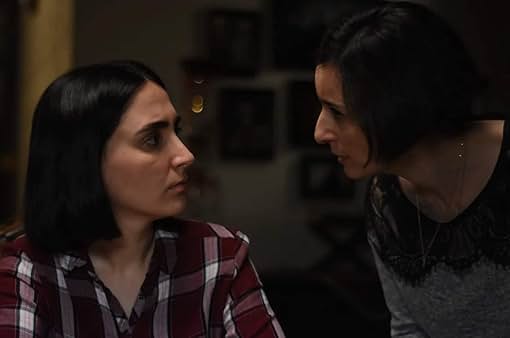
The mother took on the responsibility of managing the household and raising their two daughters, becoming the key figure in maintaining family stability. She advised her daughters to approach life with caution and attention to detail, guiding and correcting their developing thoughts—especially by warning the elder daughter to limit her interactions with friends.
However, after the Amini incident broke out and her friend was injured during the widespread protests, the elder daughter secretly brought her home. After tending to her friend’s wounds, the mother resolutely sent her away—but the friend was ultimately arrested. At her daughter’s earnest plea, the mother took the risk of reaching out to a friend who also worked within the government, trying to locate where the girl was being held.
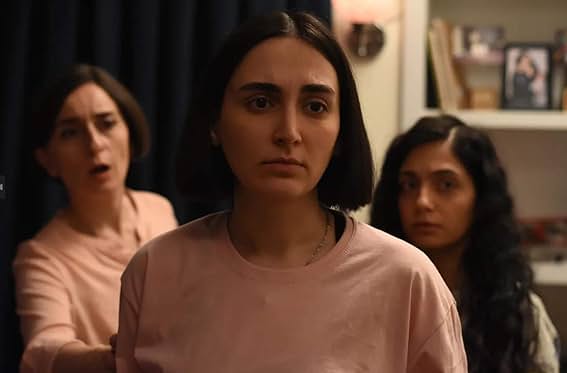
This was the first time the family faced a trial brought on by a social incident. Through the mother’s and daughters’ perceptions of the unfolding events, we witness a clear generational divide in ideology. The mother saw the televised portrayal of the protesters as instigators of unrest and societal chaos, while at the opposite ends of the couch, the daughters quietly shared leaked videos online—footage showing the morality police violently beating and arresting demonstrators. An invisible wall seemed to form between the mother and her daughters, isolating them in their differing understandings and positions.
Thus, their first argument later in the story reveals the mother’s firm defense of the absoluteness and authority of religion and the regime, while the daughters express their doubts about the very foundations of the state.
It is precisely through this foreshadowing that the scene of treating the injured friend highlights the mother’s dilemma more profoundly — torn between protecting her family and daughter, and the compassion of motherhood. Even though she disapproves of her daughter’s friend, even though it leads to arguments with her daughter, she still tries to find a balance amidst the risks. When the mother looks at the blood-covered pellets she removed from the girl’s face, she can’t help but wonder: if all this had happened to her own daughter, what would she do?
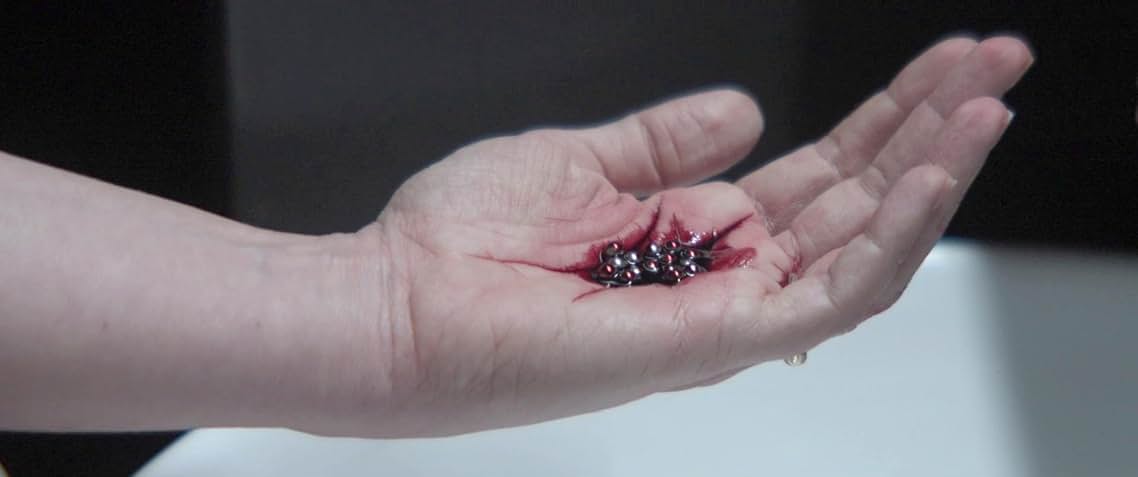
The second family conflict occurs on the eve of the lost gun incident in the second act — a heated argument between the elder daughter and the father over a news report. The daughter challenges the procedural legitimacy of the government's control measures, while the father, now seemingly a mouthpiece for the state, tries to defend their legality. Yet the daughter silences him with a single retort: “You don’t understand — because you’re trapped inside the system.”
In the first two acts, the father is portrayed as a restrained and quiet figure, both at work and at home. Perhaps due to the moral compromise required by his position and the unease triggered by the social unrest, his diminished role within the family is compensated by his wife, who also becomes the one to soothe his growing psychological burden.
The gun becomes a tangible sedative, aimed at quelling the risks tied to his position and the crisis of unrest. However, when the gun goes missing, it completely shatters the father's psychological defenses. He becomes desperate to retrieve it in order to reinforce his fragile class identity, unaware that this very incident would become the catalyst for his family’s collapse.
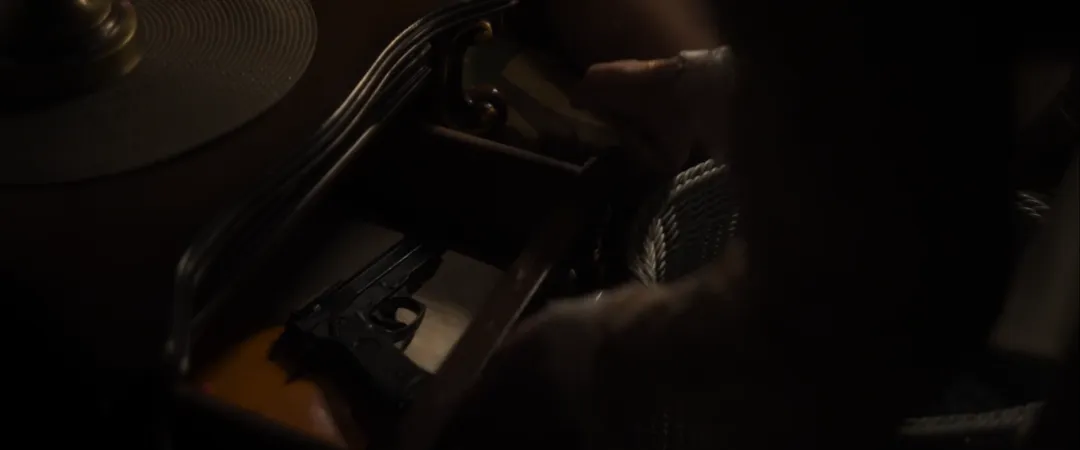
The search for the missing gun serves as a mirror reflecting both societal issues and the unfolding family crisis. It parallels the government's attempt to regain control over society and individuals, to reestablish order and authority. The daughters and even his wife are seen as destabilizing elements. Encouraged by his colleagues, the father becomes convinced that the gun was stolen from within the home. He even follows their advice to interrogate his own family members—under the guise of providing psychological counseling.
This interrogation scene is the most unsettling rupture in the entire film. The two daughters are isolated in a small room, blindfolded and facing the wall, with only a narrow view of the table visible. The interrogator, blurred in the background, silently hands them a sheet of paper from behind. There is no dialogue throughout the scene—only the amplified sound of the daughters’ rapid breathing, their trembling faces, the muffled footsteps of the interrogator—creating an atmosphere of psychological oppression so intense it feels as though it could shatter their fragile mental state at any moment.
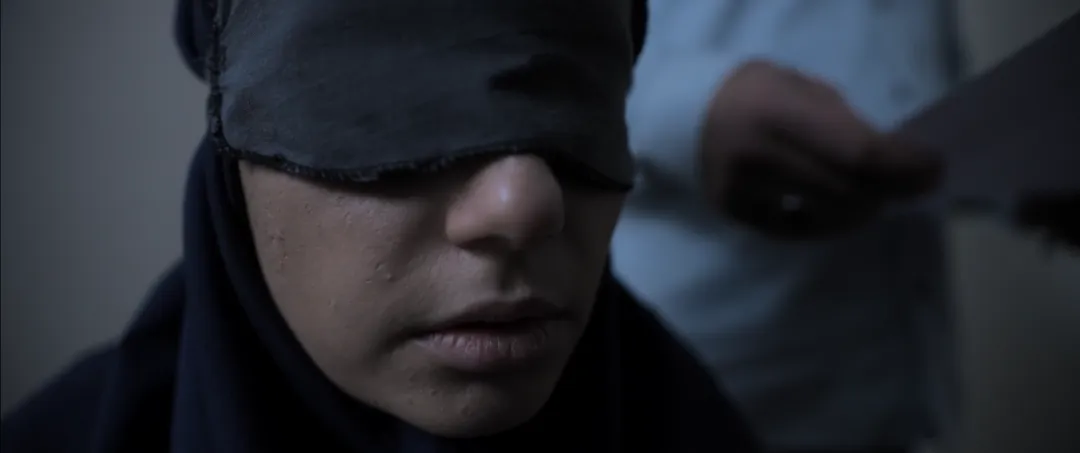
The mother, initially opposed to the interrogation, eventually compromises—only to realize that she herself has become a subject of interrogation. She comes to understand that she was never truly the one in control of the family. Her guilt over helping her daughter’s friend becomes the interrogator’s point of attack. The person before her is no longer the familiar face of an old friend, but has transformed into a merciless enforcer of the state apparatus. At this moment, the entire family falls completely into the sacrificial trap of political power and ideological struggle.
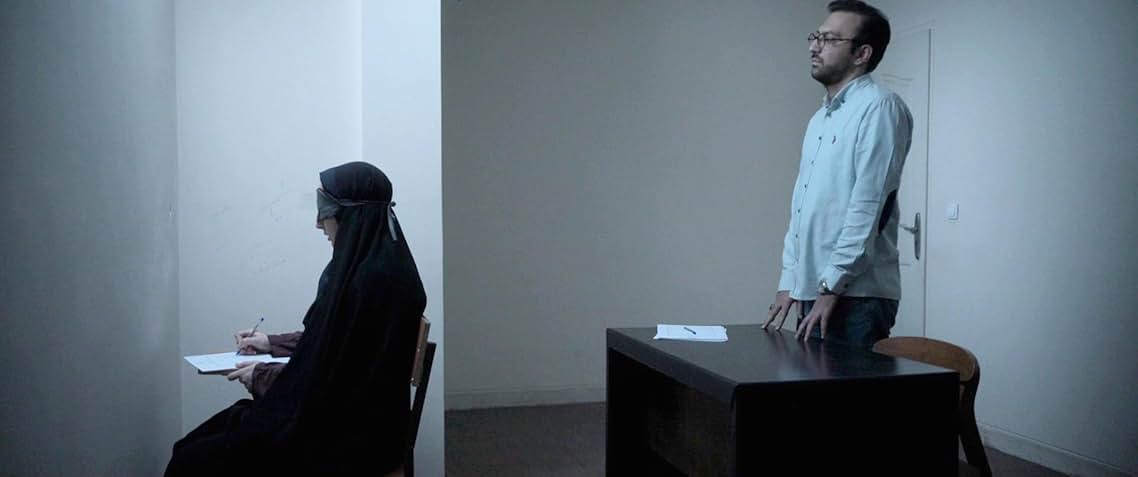
At this point, the mother resolutely takes a stand against her daughters, becoming an accomplice to the father. The fractured generational relationship mirrors the division between opposing sides amid social unrest. After their family’s information is leaked, they are forced to flee. The gun given by a colleague symbolizes a second granting of power, allowing the father to reestablish his absolute authority within the family. His ruthlessness toward the protesters they encounter on the road, coupled with the revelation that the younger daughter had stolen the gun, foreshadows the family’s impending tragedy.
After a brief moment of pleasant family atmosphere, the next day the father once again forces the three to confess. Even though the older sister knows the truth, she continues to hide it, while the mother chooses to take the blame. In front of the camera, she fabricates the story of stealing the gun. Unable to bear it any longer, the older daughter changes her tone and admits it was she who stole the gun—while the one who actually did, the younger daughter, remains completely silent.
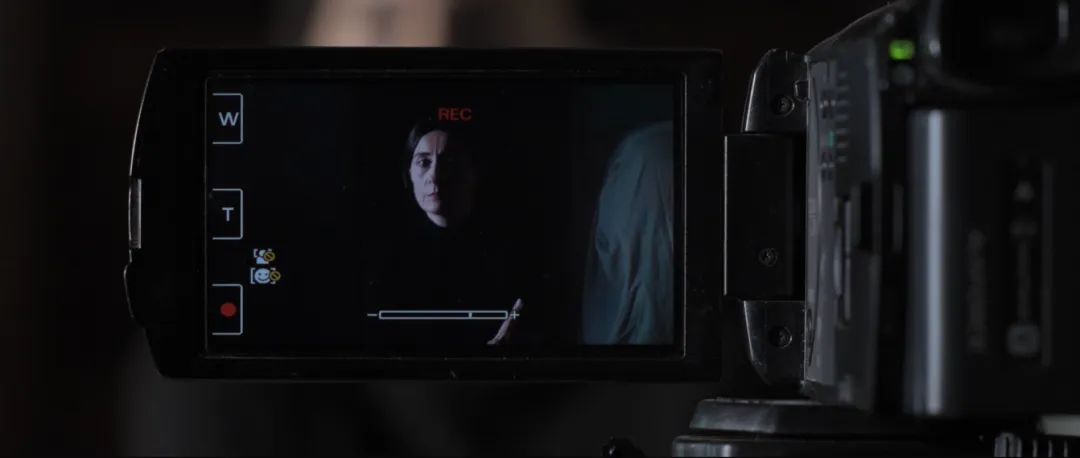
It is only at this point that the mother’s character becomes fully developed and complex. Rather than simply being constrained by society, ideology, and the limitations of her identity, she repeatedly defies her own principles—solely to protect her family and daughters. Even though her stance wavers throughout the process, what remains unchanged is her determination to act as the mediator in the family’s conflicts. This is the inevitable sacrificial nature of motherhood: within the limits of her power, she cannot change the larger circumstances surrounding her, but she attempts to resolve the turmoil through her own suffering.
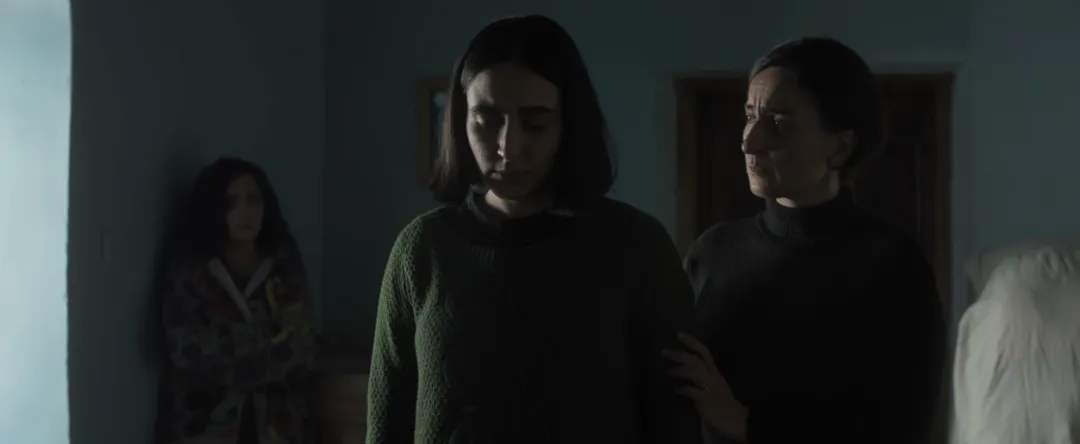
The mother never sided with any particular member of the family, because the family itself was the proof of her existence—its fragmentation would mean the denial of her identity. Yet the father, by throwing both of them into a holding cell, became the most direct executioner of the family’s disintegration. The escaped younger daughter transforms into the last hope of saving the family. Although the director never explicitly reveals how the younger daughter knew about the gun or why she stole it, the entire film constantly hints at the answer.
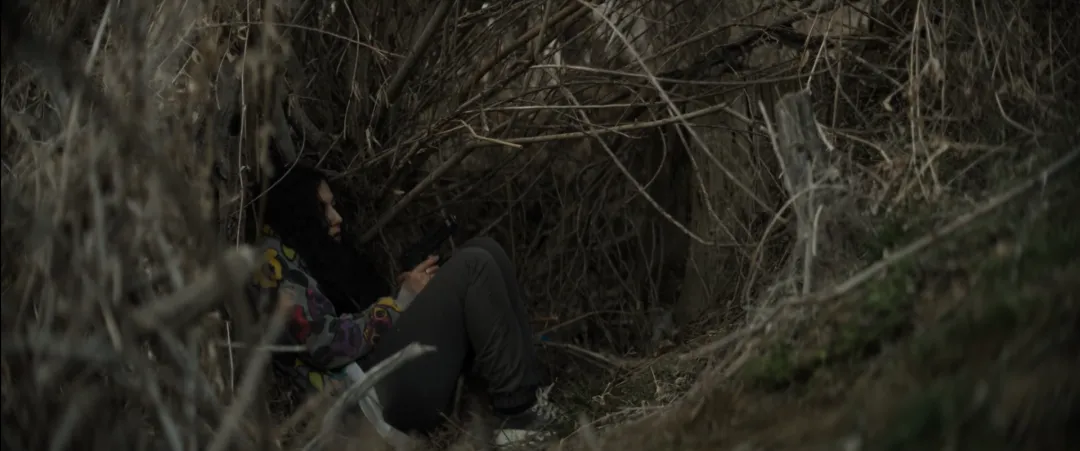
The chase and hiding scene in the weathered ruins after the two are rescued may at first seem disconnected from the main narrative framework, but it is the director’s most overt allegory. The patriarchal and governmental oppression and confinement of individual and societal freedom are embodied in the father’s pursuit of the mother and daughters—an act that symbolizes the struggle for female liberation. The father's fall and death represent the collapse of the patriarchal family structure and mark a fleeting dawn of freedom after breaking free from a theocratic government.
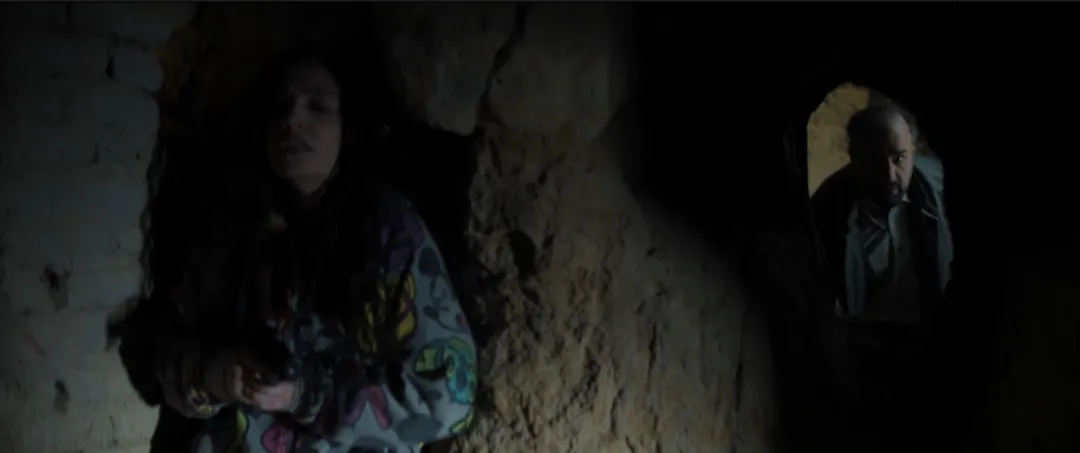
The film consistently operates within a framework of dual metaphors, which I believe is a key reason for its acclaim in Western cinema circles. But as a viewer, the transformation and dissolution of familial relationships evoke even deeper reflection. These are grassroots connections dismantled by the superstructure. Even though the director clearly tells a human story from a grand narrative perspective, it is the dramatic complexity of the characters—woven into such intricate layers—that most powerfully touches the audience’s core and emotions.
